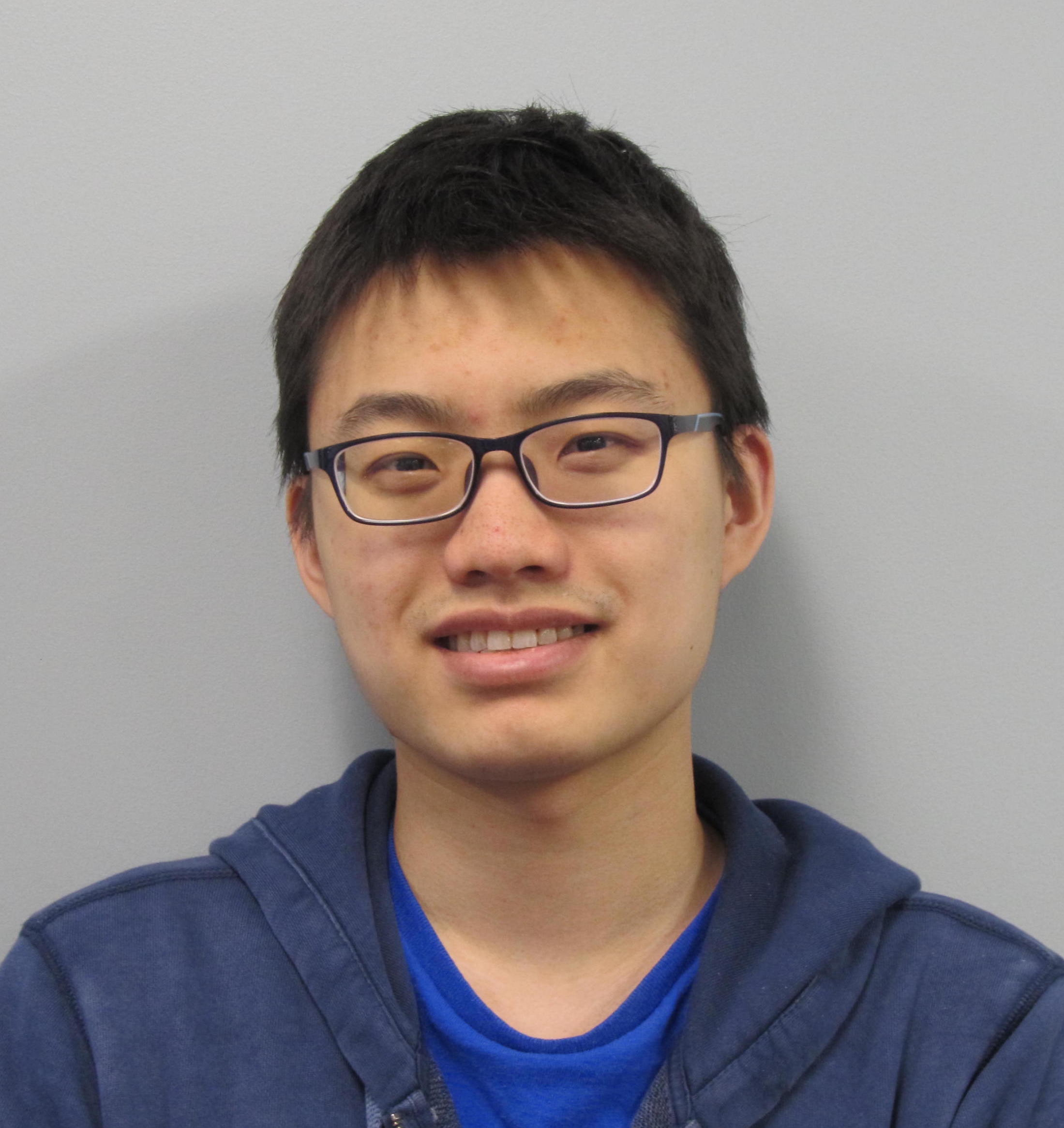
Junru Wu
Junru Wu is a Research Engineer at Google Research NY, his research interests lie in the intersection of computer vision and machine learning, particular in retrieving the multimodal information on the web effectively and efficiently. For more information, please check my personal homepage.
Authored Publications
Sort By
Large Language Models are Effective Text Rankers with Pairwise Ranking Prompting
Conference of the North American Chapter of the Association for Computational Linguistics (NAACL)(2024)
Preview abstract
Ranking documents using Large Language Models (LLMs) by directly feeding the query and candidate documents into the prompt is an interesting and practical problem. However, researchers have found it difficult to outperform fine-tuned baseline rankers on benchmark datasets. We analyze pointwise and listwise ranking prompts used by existing methods and argue that off-the-shelf LLMs do not fully understand these challenging ranking formulations. In this paper, we propose to significantly reduce the burden on LLMs by using a new technique called Pairwise Ranking Prompting (PRP). Our results are the first in the literature to achieve state-of-the-art ranking performance on standard benchmarks using moderate-sized open-sourced LLMs. On TREC-DL 2019&2020, PRP based on the Flan-UL2 model with 20B parameters performs favorably with the previous best approach in the literature, which is based on the blackbox commercial GPT-4 that has 50x (estimated) model size, while outperforming other LLM-based solutions, such as InstructGPT which has 175B parameters, by over 10% for all ranking metrics. By using the same prompt template on seven BEIR tasks, PRP outperforms supervised baselines and outperforms the blackbox commercial ChatGPT solution by 4.2% and pointwise LLM-based solutions by more than 10% on average NDCG@10. Furthermore, we propose several variants of PRP to improve efficiency and show that it is possible to achieve competitive results even with linear complexity.
View details
Beyond Yes and No: Improving Zero-Shot Pointwise LLM Rankers via Scoring Fine-Grained Relevance Labels
Proceedings of the 2024 Conference of the North American Chapter of the Association for Computational Linguistics (NAACL)
Preview abstract
Zero-shot text rankers powered by recent LLMs achieve remarkable ranking performance by simply prompting. Existing prompts for pointwise LLM rankers mostly ask the model to choose from binary relevance labels like "Yes" and "No". However, the lack of intermediate relevance label options may cause the LLM to provide noisy or biased answers for documents that are partially relevant to the query. We propose to incorporate fine-grained relevance labels into the prompt for LLM rankers, enabling them to better differentiate among documents with different levels of relevance to the query and thus derive a more accurate ranking. We study two variants of the prompt template, coupled with different numbers of relevance levels. Our experiments on 8 BEIR data sets show that adding fine-grained relevance labels significantly improves the performance of LLM rankers.
View details
Preview abstract
Self-supervised pre-training recently demonstrates success on large-scale multimodal data, and state-of-the-art contrastive methods often enforce the feature consistency from cross-modality inputs, such as video/audio or video/text pairs. Despite its convenience to formulate and leverage in practice, such cross-modality alignment (CMA) is only a weak and noisy supervision, since two modalities can be semantically misaligned even if they are temporally aligned. For example, even in the (often adopted) instructional videos, a speaker can sometimes refer to something that is not visually present in the current frame; and the semantic misalignment would only be more unpredictable for the raw videos collected from unconstrained internet sources. We conjecture that might cause conflicts and biases among modalities, and may hence prohibit CMA from scaling up to training with larger and more heterogeneous data. This paper first verifies our conjecture by observing that, even in the latest VATT pre-training using only narrated videos, there exist strong gradient conflicts between different CMA losses within the same sample triplet (video, audio, text), indicating them as the noisy source of supervision. We then propose to harmonize such gradients during pre-training, via two techniques: (i) cross-modality gradient realignment: modifying different CMA loss gradients for one sample triplet, so that their gradient directions are in more agreement; and (ii) gradient-based curriculum learning: leveraging the gradient conflict information on an indicator of sample noisiness, to develop a curriculum learning strategy to prioritize training with less noisy sample triplets. Applying those gradient harmonization techniques to pre-training VATT on the HowTo100M dataset, we consistently improve its performance for different downstream tasks. Moreover, we are able to scale VATT pre-training to more complicated non-narrative data, by also using the Youtube8M dataset, which further improves the state-of-the-arts.
View details
